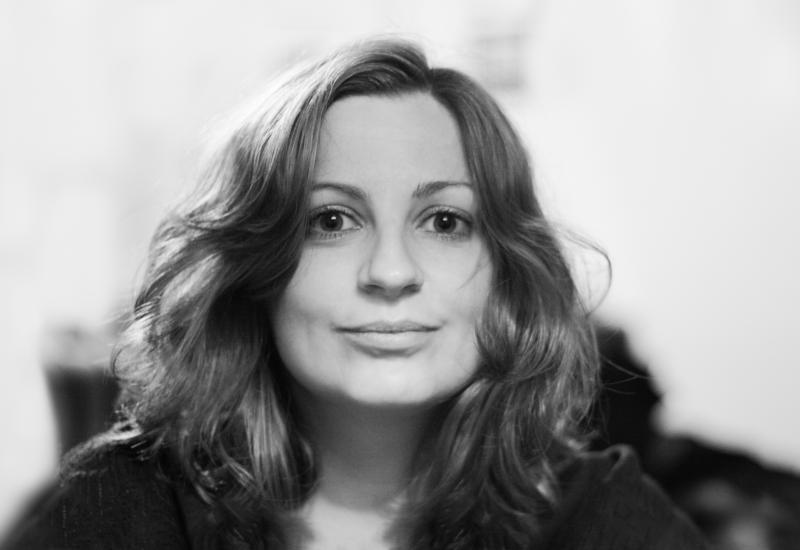Meet Photo Contest Winner Anton Sorokin

Freshwater
Name
Anton Sorokin
Where are you from?
I was born in Russia and lived across various parts of the United States in my childhood, but I’m now settled in California.
How long have you been shooting photos?
About 15 years terrestrially and three years underwater.
How long have you been diving?
Ten years.
What is your highest certification level?
Padi Advanced Open Water Diver.
Is photography your full-time job?
I am a wildlife biologist in addition to my work as a freelance photographer.
Your favorite camera?
Nikon D850
Have you won any awards?
I have had images commended in various photo contests: MontPhoto, ASFERICO, BigPicture.
How did you get started in underwater photography?
I spent so long photographing wildlife terrestrially, which I still love, but I realized that for many species, huge portions of their lives were off limits to me unless I got underwater with them.
What's your favorite place to shoot underwater?
I love going off the beaten path to small creeks and rivers that aren't normally destinations for underwater photographers. There is a surprising amount of overlooked wildlife living in them, and many of the species exhibit fascinating behaviors.
Related Reading: Meet the 2024 Scuba Diving Magazine Photo Contest Judges

What's your most unforgettable moment underwater?
Snorkeling with my first hellbender salamander—the largest amphibian in North America and third largest worldwide. I will always remember swimming in a cold, fast-flowing stream and making my way to a hellbender den, holding onto the boulders to keep from getting swept away in the current, craning my head down to peek under a rock and coming face to face with the giant amphibian guarding his cave. A huge knobby face with tiny specks of eyes—an incredibly unique and ancient-looking animal and one that is threatened from habitat degradation to its clean freshwater home too. The moment is very special for me.
What inspires your photography?
I want to share the beauty and complexity of wildlife, particularly overlooked species and groups of animals like reptiles and amphibians. The goal is to inspire empathy and appreciation for animals that most people might not be aware of or think much about.
How would you describe your photography style?
I consider myself a documentarian. I often spend long periods of time watching and waiting for behavior in my subjects. I also tend to shoot wide-angle underwater, as I want to include a sense of location.
How did you develop this?
My background as a biologist is likely what gave rise to my desire to capture behaviors.
What's your #1 bucket-list dive destination?
Raja Ampat.
What underwater photographer do you most admire and why?
David Herasimtschuk and Isaac Szabo both really inspire me with their freshwater work, and admiring their images was a big motivation to get into underwater photography myself.
Related Reading: An Intro to Rays—and How to Photograph Them
Is there an emerging photographer you would like to give recognition to?
Matt Sullivan. His work is excellent, and he's incredibly open handed with his knowledge. I've lost count of how many times he has offered me tips or suggestions from gear to strobe position in order to improve my photography since I got started in underwater work.
How do you choose which of your photos to enter in a photo contest?
I try to look at my images impartially and ask which are showing a scene that will be new or unusual to viewers and stand out from the other subjects that people are likely to enter in a contest.
What's your advice for underwater shooters entering their first photo contest?
Think about which of your images is new and different. A perfectly executed photo of a subject that everyone has seen 1,000 times before will only get you so far. Think about ways you can photograph your subjects differently or include unusual elements or compositions to create an interesting photo.










